Subtract
We pile on “to-dos” but don’t consider “stop-doings.” We create incentives for good behavior, but don’t get rid of obstacles to it. We collect new-and-improved ideas, but don’t prune the outdated ones. Every day, across challenges big and small, we neglect a basic way to make things better: we don’t subtract. Klotz’s pioneering research shows us what is true whether we’re building Lego models, cities, grilled-cheese sandwiches, or strategic plans: Our minds tend to add before taking away, and this is holding us back.
But we have a choice—our blind spot need not go on taking its toll. Subtract arms us with the science of less and empowers us to revolutionize our day-to-day lives and shift how we move through the world. More or less.
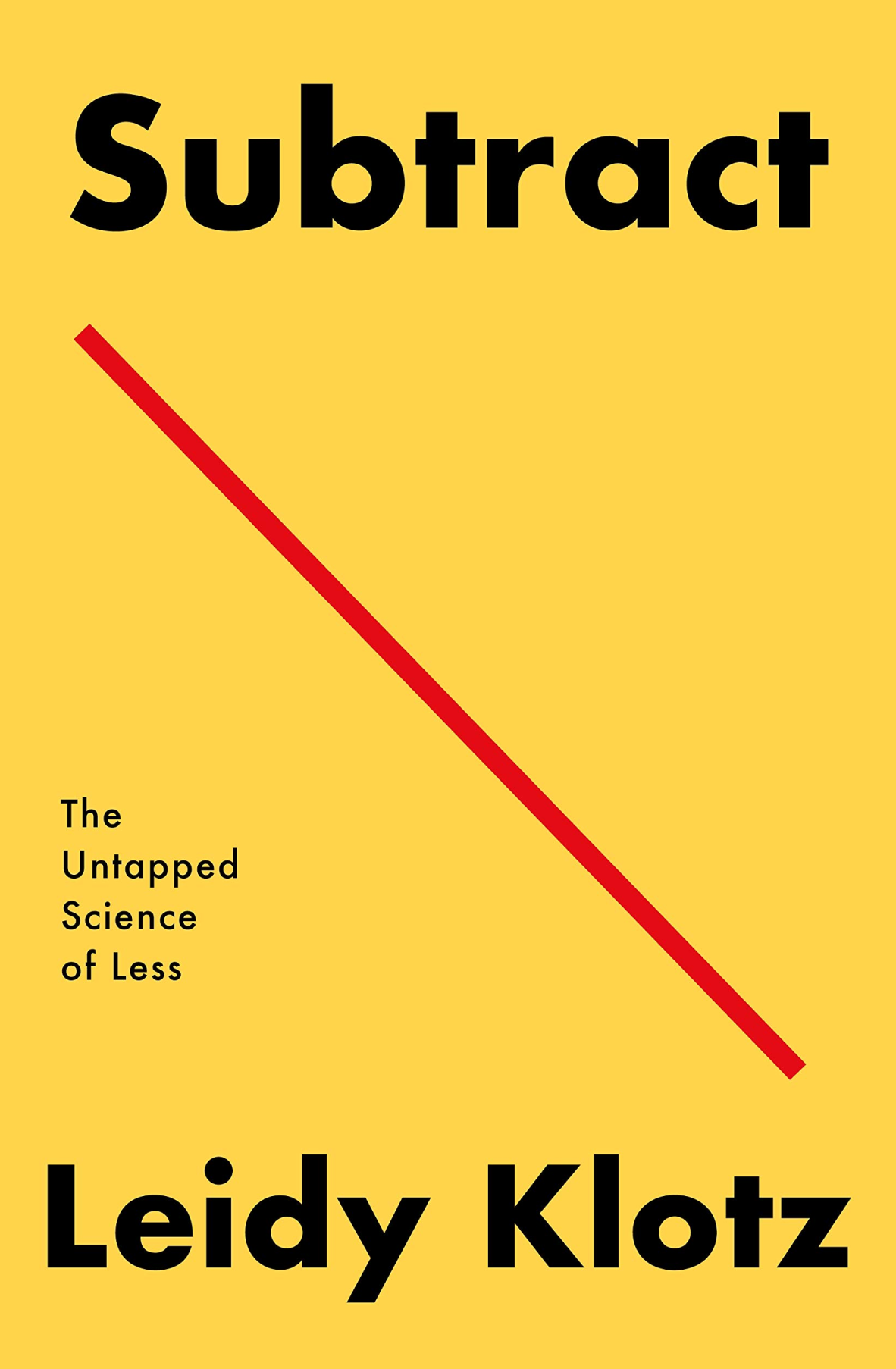
Icebergs, Zombies, and the Ultra Thin
In Icebergs, Zombies, and the Ultra Thin, Matthew Soules issues an indictment of how finance capitalism dramatically alters not only architectural forms but also the very nature of our cities and societies. We rarely consider architecture to be an important factor in contemporary economic and political debates, yet sparsely occupied ultra-thin “pencil towers” develop in our cities, functioning as speculative wealth storage for the superrich, and cavernous “iceberg” homes extend architectural assets many stories below street level. Meanwhile, communities around the globe are blighted by zombie and ghost urbanism, marked by unoccupied neighborhoods and abandoned housing developments.
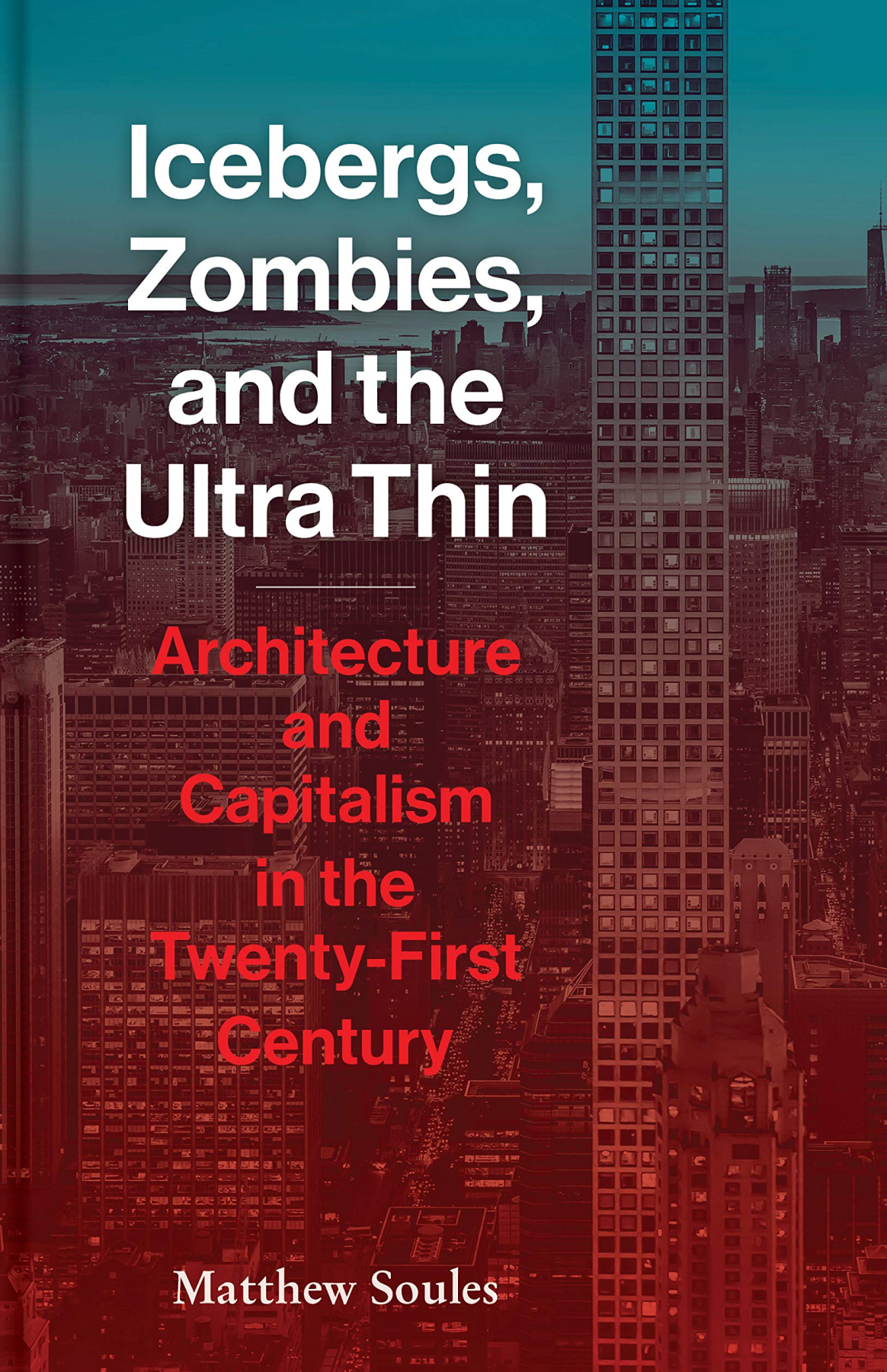
Design of Cities
In Design of Cities, Edmund N. Bacon relates historical examples to modern principles of urban planning. He vividly demonstrates how the work of great architects and planners of the past can influence subsequent development and be continued by later generations. By illuminating the historical background of urban design, Bacon also shows us the fundamental forces and considerations that determine the form of a great city. Perhaps the most significant of these are simultaneous movement systems—the paths of pedestrian and vehicular traffic, public and private transportation—that serve as the dominant organizing force, and Bacon looks at movement systems in cities such as London, Rome, and New York. He also stresses the importance of designing open space as well as architectural mass and discusses the impact of space, color, and perspective on the city-dweller. That the centers of cities should and can be pleasant places in which to live, work, and relax is illustrated by such examples as Rotterdam and Stockholm.
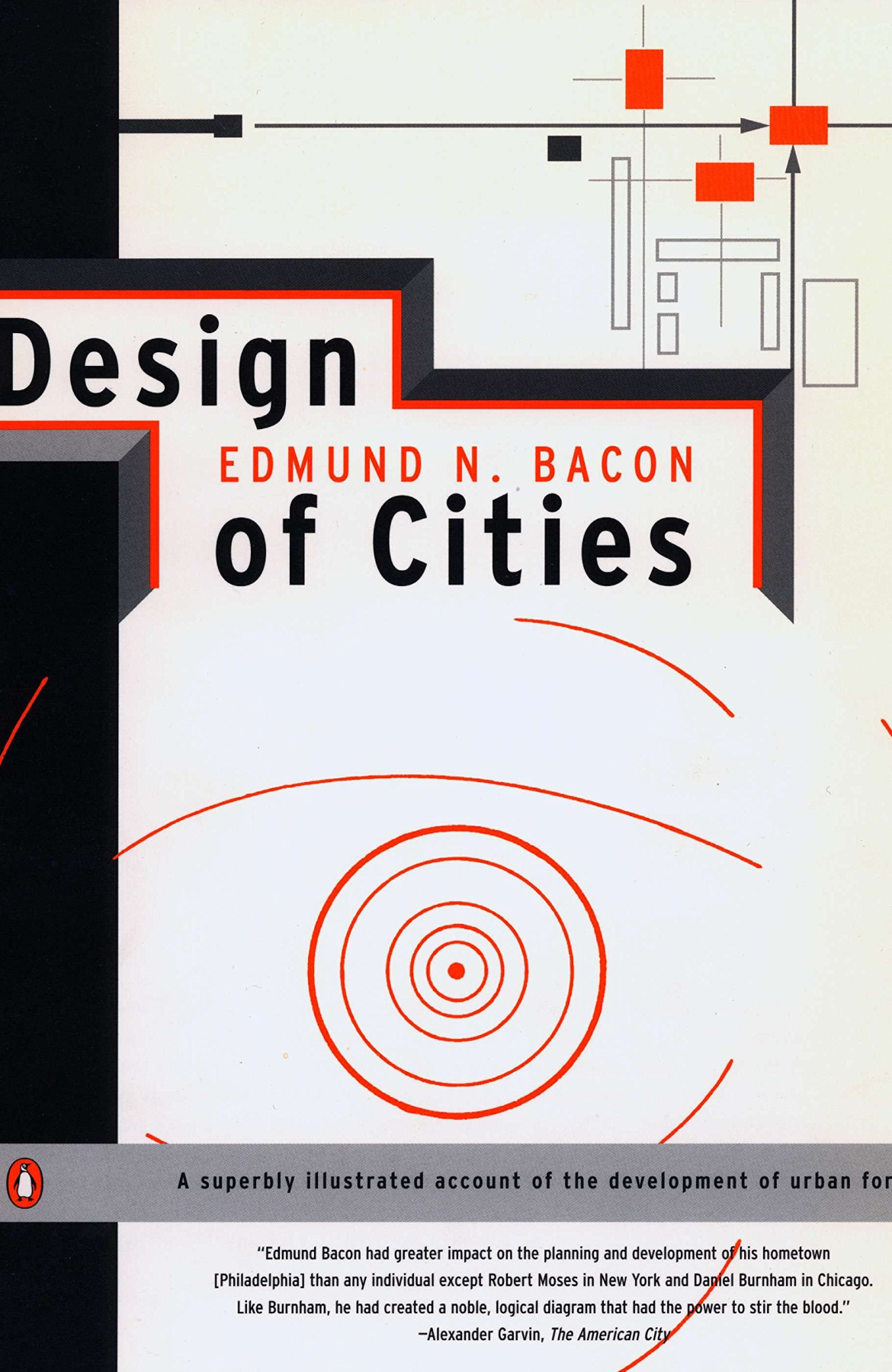
Urban Design for Successful Cities
As Chief Urban Designer for the City of New York, Alexandros Washburn understands one key thing about designing successful cities: it doesn’t work until it works for the pedestrian.
Watch this TEDx talk on YouTube.

The happy city experiment
Charles Montgomery explores what happens when you take an abandoned city space in NYC and populate it with urban social experiments. The outcomes are unexpected as city dwellers explore this public space, interact with each other, and change their attitudes towards social connections, values, and each other.
Watch this TEDx talk on YouTube.

Social Infrastructure
World-renown architect Bjarke Ingels shares his process and projects in this light and thoughtful TEDx talk.
Watch it on YouTube.
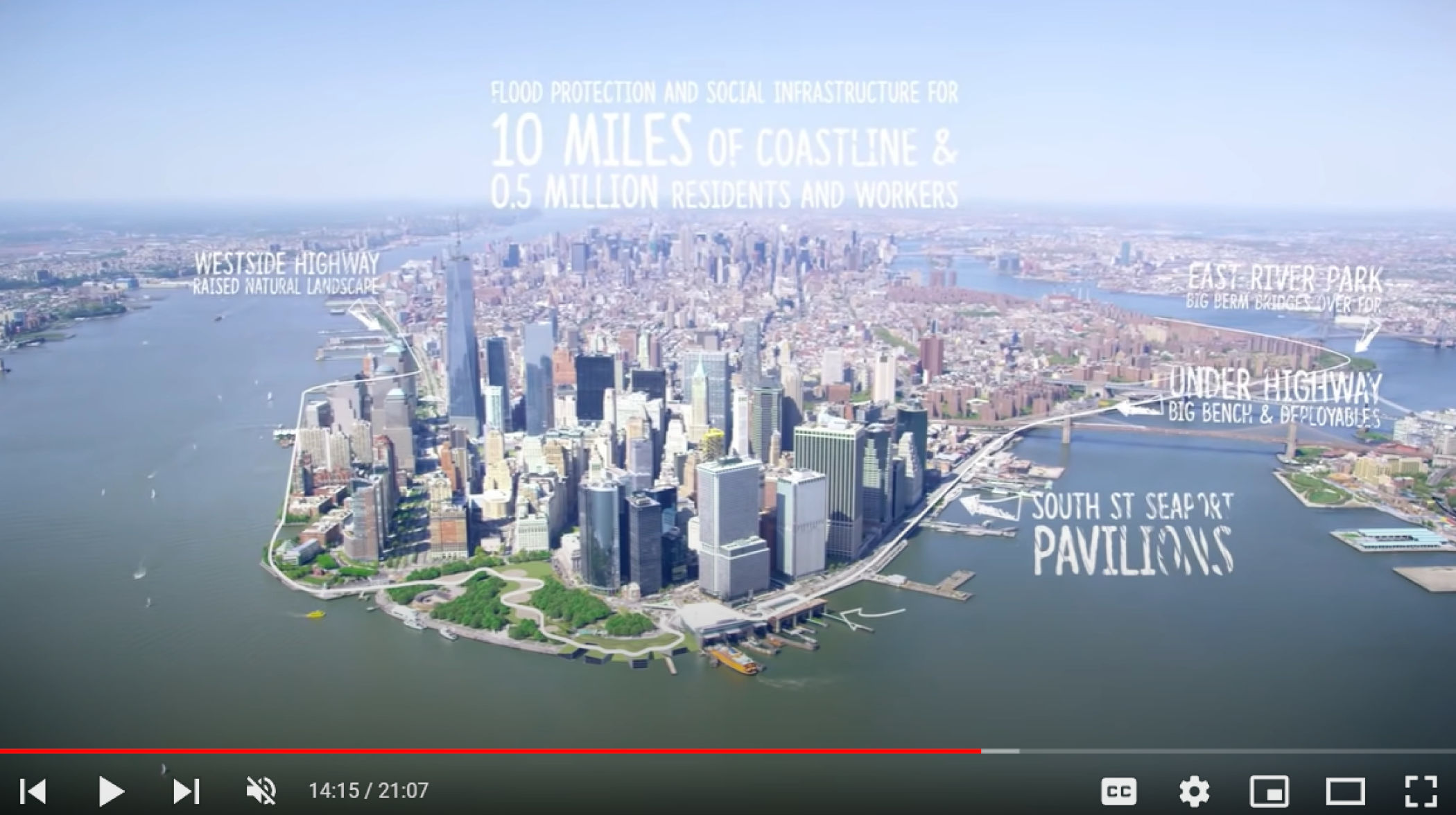
16 Acres (2012)
The rebuilding of ground zero is one of the most architecturally, politically, and emotionally complex urban renewal projects in American history. From the beginning, the effort has been fraught with controversy, delays and politics. The struggle has encompassed eleven years, nineteen government agencies, a dozen projects and over $20 billion.
Aside from the staggering engineering challenges of the site itself, a major complicating factor in the rebuilding of the World Trade Center is the sheer number of interested parties. Politicians, developers, architects, insurance companies, local residents, and relatives of 9/11 victims all profess a claim to the site and are often in conflict with one another. According to The New York Times, “Where some saw lucrative real estate, others saw a graveyard. Where some saw Rockefeller Center or Lincoln Center or Grand Central Terminal, others saw Gettysburg.”
What was once ground zero is now a frenzied construction site. Three thousand workers are building four of the tallest skyscrapers in America, an iconic – and complicated – train station, a performing arts center and a sacred memorial and museum. What will emerge in downtown Manhattan over the next few years will redefine the city – and the country – for generations.
16 Acres is the story of how and why this historic project got built. At the heart of the story is the dramatic tension between noblest intentions, the desire of everyone involved to “get it right,” and the politics, hubris, ego and ideology that is the bedrock of New York City. What does it say about us as New Yorkers, as Americans?
As with all great urban projects, from the Pyramids to Rome’s Colosseum to Rockefeller Center, a small group of powerful people will dictate the outcome. With inside access to the project and these key players, 16 Acres tells the story behind the headlines. Who are these men and women? What motivates them? How will their personalities shape the project? And, ultimately, will it succeed? The film also follows the dramatic rush to complete the memorial in time, and the key players as they prepare to converge on the site for the10th anniversary.
Produced by Richard Hankin.
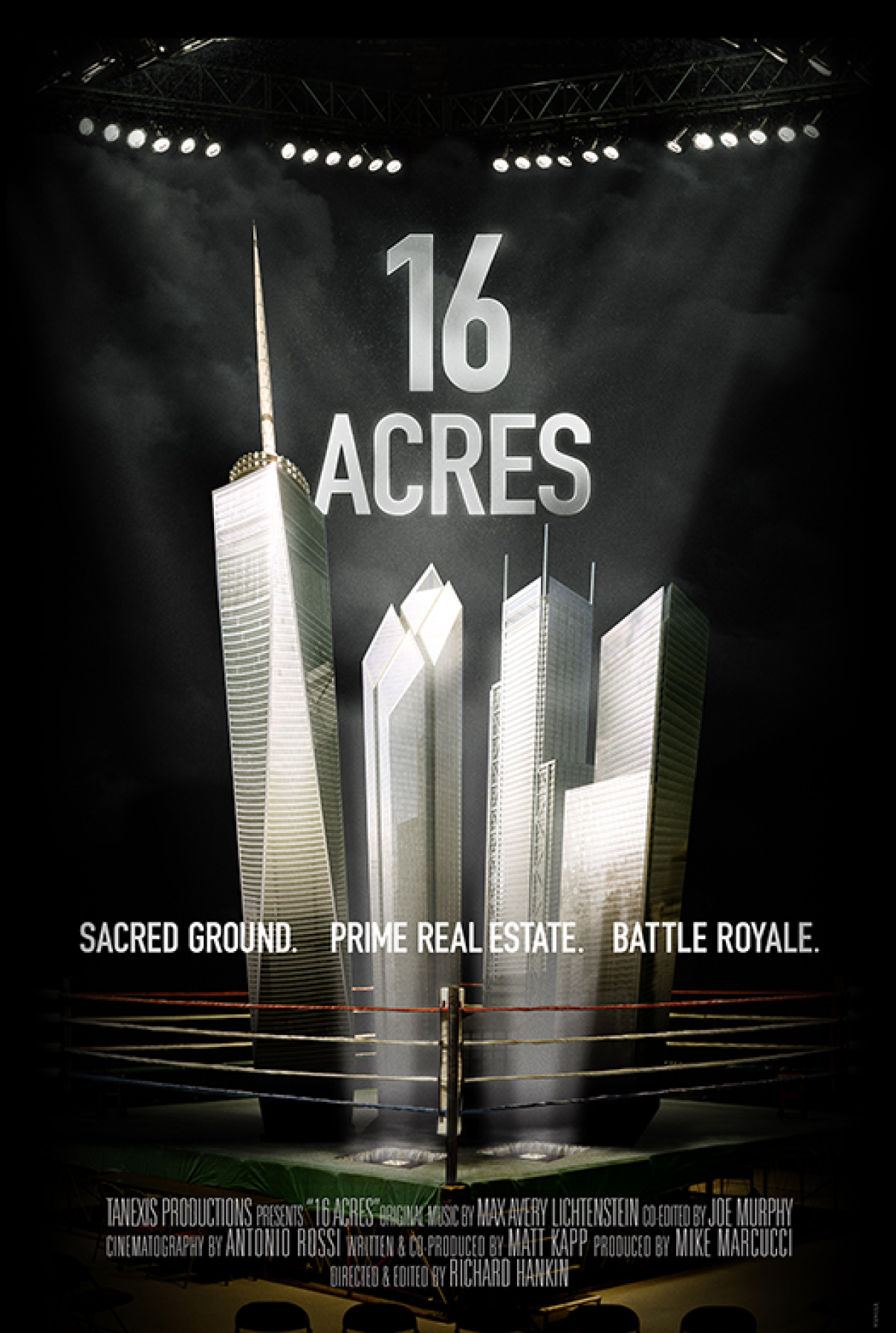
Green Metropolis
Most Americans think of crowded cities as ecological nightmares, as wastelands of concrete and garbage and diesel fumes and traffic jams. Yet residents of compact urban centers, Owen shows, individually consume less oil, electricity, and water than other Americans. They live in smaller spaces, discard less trash, and, most important of all, spend far less time in automobiles.
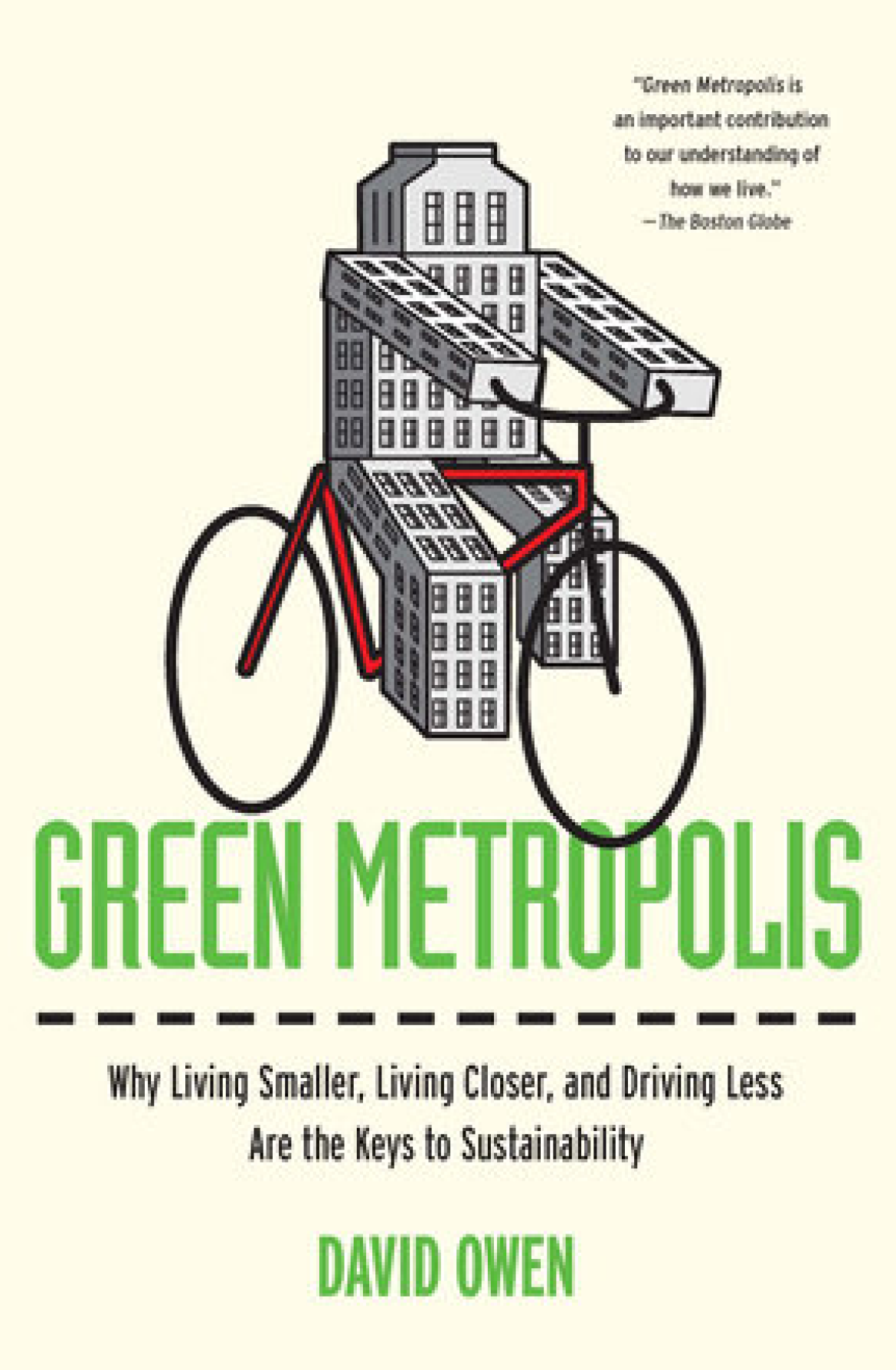
A stealthy reimagining of urban public space
Cities are becoming increasingly privatized: commercial real estate dominates the streets, carving up open space that once belonged to the public and selling it as a commodity to the highest bidder. In this talk, architect Elizabeth Diller explores the causes and effects of this growing threat — and takes us on tour of her groundbreaking projects aimed at creating landscapes for the public to enjoy, from the High Line in New York City to Zaryadye Park in Moscow.
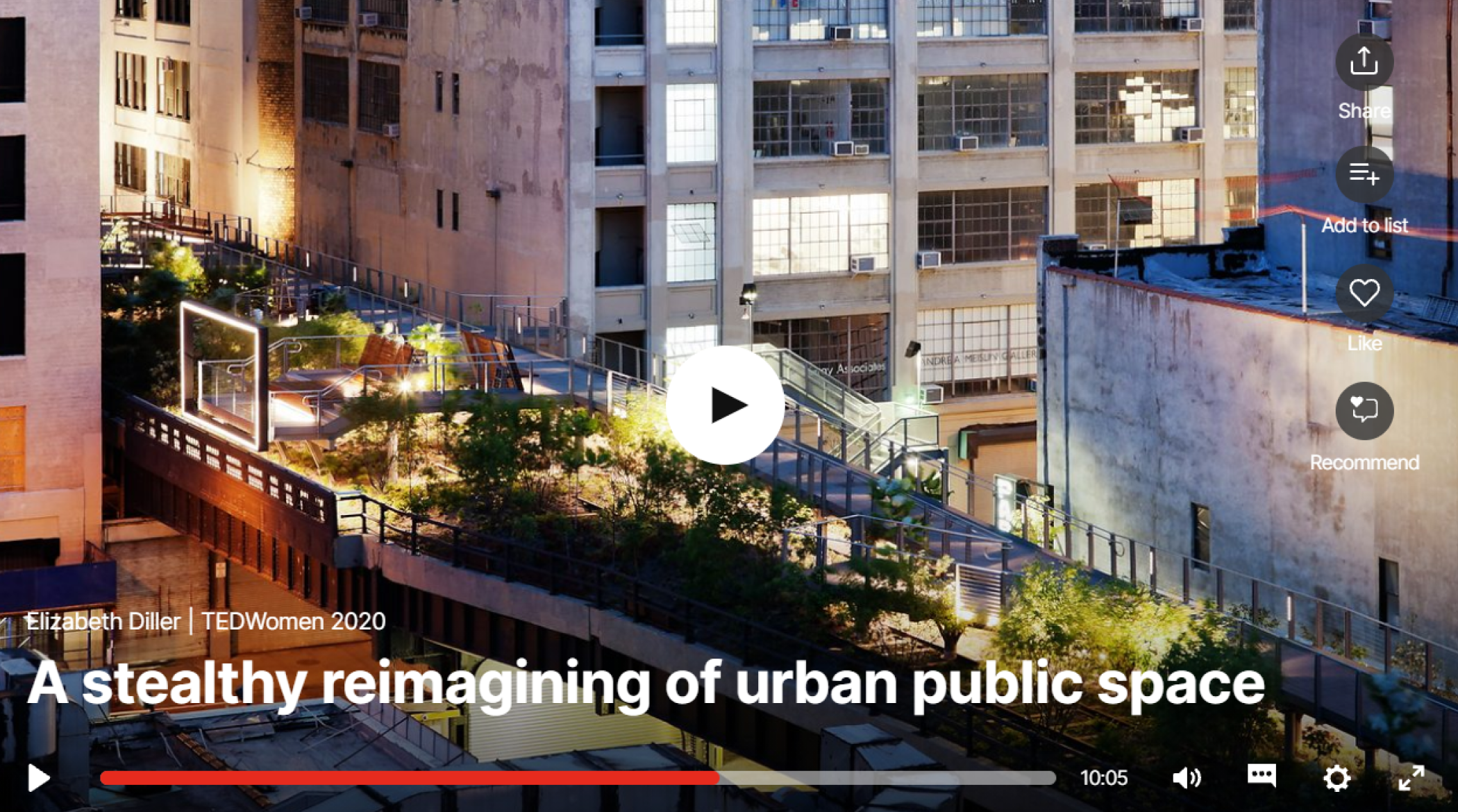
New York’s Streets? Not so mean anymore
In this funny and thought-provoking talk, Janette Sadik-Khan, transportation commissioner of New York City, shares projects that have reshaped street life in the 5 boroughs, including pedestrian zones in Times Square, high-performance buses and a 6,000-cycle-strong bike share. Her mantra: Do bold experiments that are cheap to try out. Watch the talk on TED.

Streetfilms
Streetfilms produces short films showing how smart transportation design and policy can result in better places to live, work and play.
Founded in 2006, Streetfilms has become the go-to organization for educational films about sustainable transportation, and inspires action and behavioral change worldwide. Individuals, public agencies, non-profit organizations, schools, and transportation advocacy groups use Streetfilms to educate decision makers and make change for livable streets in their communities.

My Brooklyn
My Brooklyn follows director Kelly Anderson’s journey, as a Brooklyn gentrifier, to understand the forces reshaping her neighborhood. The film documents the redevelopment of Fulton Mall, a bustling African-American and Caribbean commercial district that – despite its status as the third most profitable shopping area in New York City – is maligned for its inability to appeal to the affluent residents who have come to live around it. As a hundred small businesses are replaced by high rise luxury housing and chain retail, Anderson uncovers the web of global corporations, politicians and secretive public-private partnerships that drive seemingly natural neighborhood change. The film’s ultimate question is increasingly relevant on a global scale: who has a right to live in cities and determine their future?
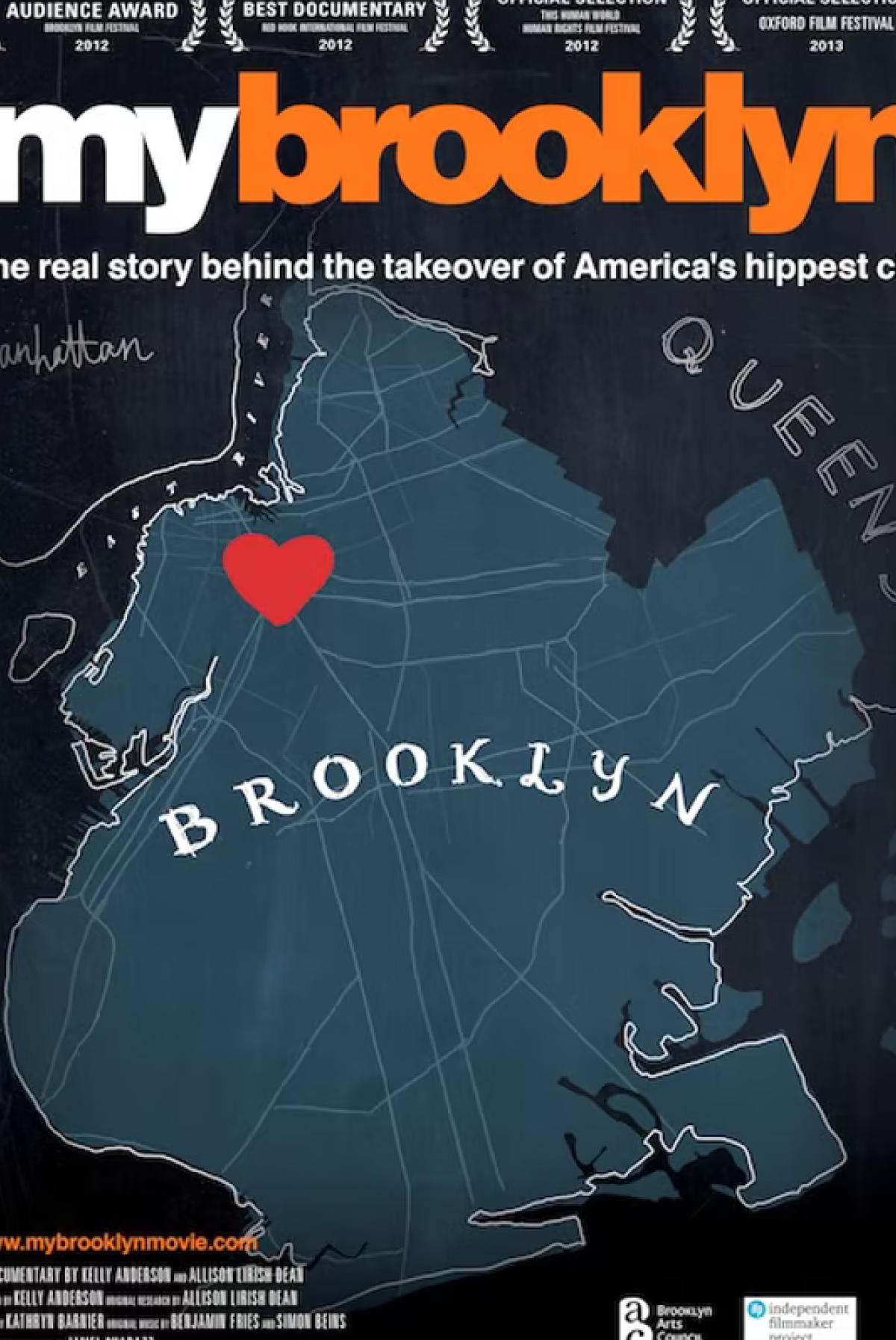
The Death and Life of Great American Cities
A direct and fundamentally optimistic indictment of the short-sightedness and intellectual arrogance that has characterized much of urban planning in this century, The Death and Life of Great American Cities has, since its first publication in 1961, become the standard against which all endeavors in that field are measured.
In prose of outstanding immediacy, Jane Jacobs writes about what makes streets safe or unsafe; about what constitutes a neighborhood, and what function it serves within the larger organism of the city; about why some neighborhoods remain impoverished while others regenerate themselves. She writes about the salutary role of funeral parlors and tenement windows, the dangers of too much development money and too little diversity. Compassionate, bracingly indignant, and always keenly detailed, Jane Jacobs’s monumental work provides an essential framework for assessing the vitality of all cities.
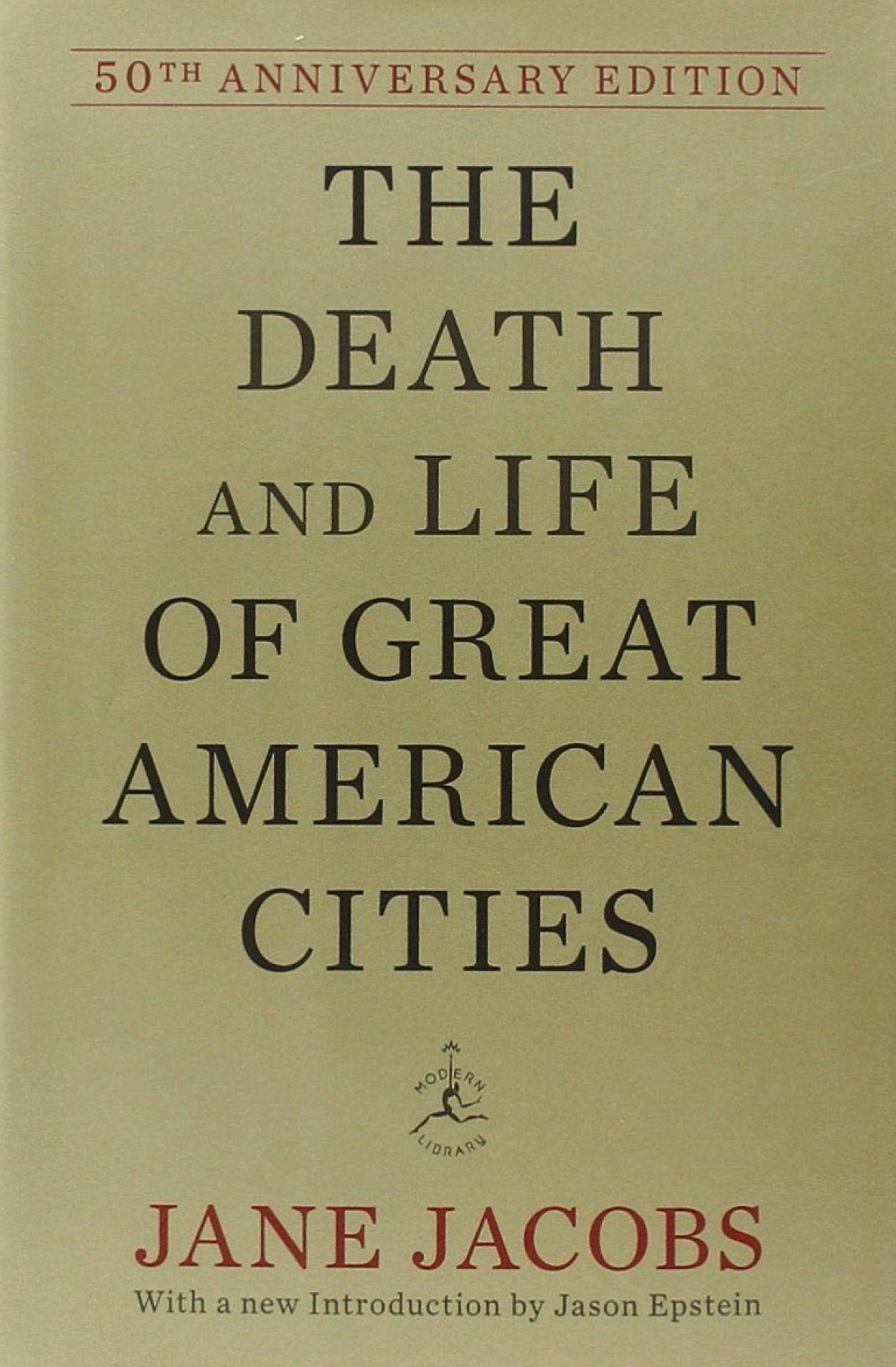
Citizen Jane: Battle for the City
Writer and urban activist Jane Jacobs fights to save historic New York City during the ruthless redevelopment era of urban planner Robert Moses in the 1960s. Watch documentary trailer here.
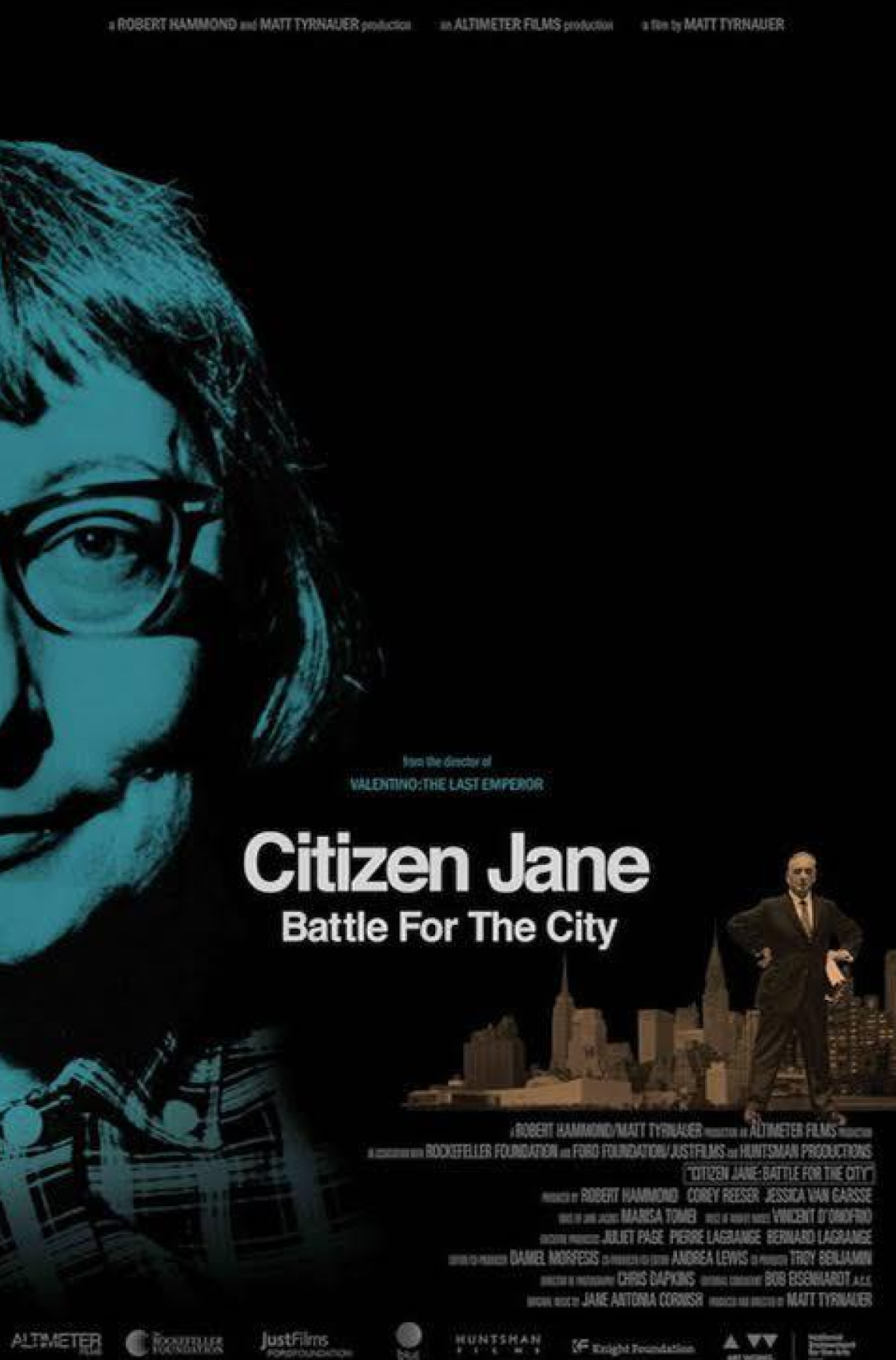
Streetfight: Handbook for an Urban Revolution
As New York City’s transportation commissioner, Janette Sadik-Khan managed the seemingly impossible and transformed the streets of one of the world’s greatest, toughest cities into dynamic spaces safe for pedestrians and bikers. Her approach was dramatic and effective: Simply painting a part of the street to make it into a plaza or bus lane not only made the street safer, but it also lessened congestion and increased foot traffic, which improved the bottom line of businesses. Real-life experience confirmed that if you know how to read the street, you can make it function better by not totally reconstructing it but by reallocating the space that’s already there.
Breaking the street into its component parts, Streetfight demonstrates, with step-by-step visuals, how to rewrite the underlying “source code” of a street, with pointers on how to add protected bike paths, improve crosswalk space, and provide visual cues to reduce speeding. Achieving such a radical overhaul wasn’t easy, and Streetfight pulls back the curtain on the battles Sadik-Khan won to make her approach work. She includes examples of how this new way to read the streets has already made its way around the world, from pocket parks in Mexico City and Los Angeles to more pedestrian-friendly streets in Auckland and Buenos Aires, and innovative bike-lane designs and plazas in Austin, Indianapolis, and San Francisco. Many are inspired by the changes taking place in New York City and are based on the same techniques. Streetfight deconstructs, reassembles, and reinvents the street, inviting readers to see it in ways they never imagined.
